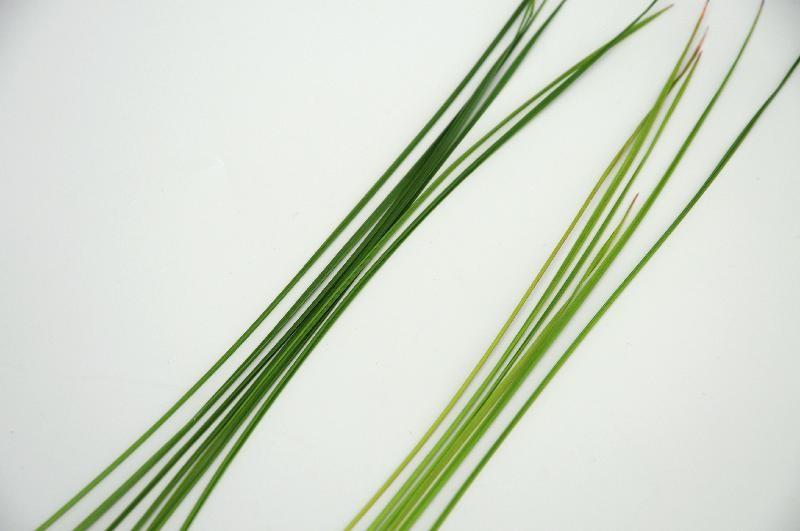I Second That
Here we will look into the secondary nutrients that are essential to growing and maintaining a healthy stand of turfgrass. These nutrients are used in smaller quantities then the primary nutrients we discussed earlier, but nonetheless they are just as important. In fact, they are a vital piece in managing turf. Secondary nutrients will produce a more resilient stand of turf that is less likely to be susceptible to pathogens and environmental stresses.
Secondary Nutrients
Calcium (Ca) – This is the 3rd nutrient required after N and K. Calcium plays an essential role in cell division as well as the production of healthy cell walls structures. Think of calcium as the “cement”. Calcium is immobile, and for that reason it is more commonly found in the older leaves of plant tissue and as a result new parts of the plant typically will be where we see the deficiencies.
Symptoms: Common in sandy soils and soils saturated with sodium. Visible browning and die back of growing tips of both roots and leaves. Leaves curl and the margins turn brown with newly emerging leaves sticking together.
Magnesium (Mg) – Magnesium is extremely important as every chlorophyll molecule has a Mg ion at its center. Mg is responsible for the green color and without Mg photosynthesis could not take place. In addition, Magnesium also helps to strengthen turf ahead of cooler winter months.
Symptoms: Deficiencies of Mg typically occur in acidic sandy soils or soils with high pH. Symptoms appear with slight discoloration in lower leaves first, then a yellowing (chlorosis) while showing green veins in the leaves. In later stages, the older leaves will turn blotched red with yellow streaking.

Sulfur (S) – Sulfur assists with the production of protein and development of enzymes and vitamins. It also aids in chlorophyll formations, plant root growth, as well as helping to defend the plant from environmental stresses. Generally, S is required in amounts similar to that of phosphorus.
Symptoms: Sulfur deficient plants are common in soils that are low in organic matter and where clippings are collected. Diagnosis can be difficult as S deficiencies look very similar to that of a N deficiency (light yellow greenish leaves). Young leaves however can show scorched tips along the margins.

Soil and Tissue Testing
As always soil testing is a great way to see what your soil pH is, as this is related to nutrient availability and will also determine your deficiencies. Since it can be difficult to determine a S deficiency over a N deficiency a tissue test might be the only way to confirm that S is the correct diagnosis for your plant material. Note: Care should also be used when correcting Ca, as applying too much can cause deficiencies in magnesium, potassium, manganese, and iron.
Correction Methods
The BioPro line has several liquid options that can be of assistance.
Calcium:
Na-X (5-0-0) 12% Ca, Calcium Plus (8-0-0) 10% Ca
Magnesium:
Magnesium Plus (7-0-0) 6% Mg
Sulfur:
All K (0-0-25) 17% S, Nutralyz (12-0-0) 26% S
In addition, BioPro also offers nutrient packages.
Spectrum addresses Mg as well as S, and Tuff Greens addresses Ca deficiencies without added Nitrogen.
Other correction methods for secondary nutrients include: lime, gypsum, calcium nitrate, ammonium sulfate, and magnesium sulfate (Epsom salts).
Stay tuned for more next week!
Rebecca Knapp
Arborjet’s Western Division Sales Manager Golf, Sports Turf and Nursery
